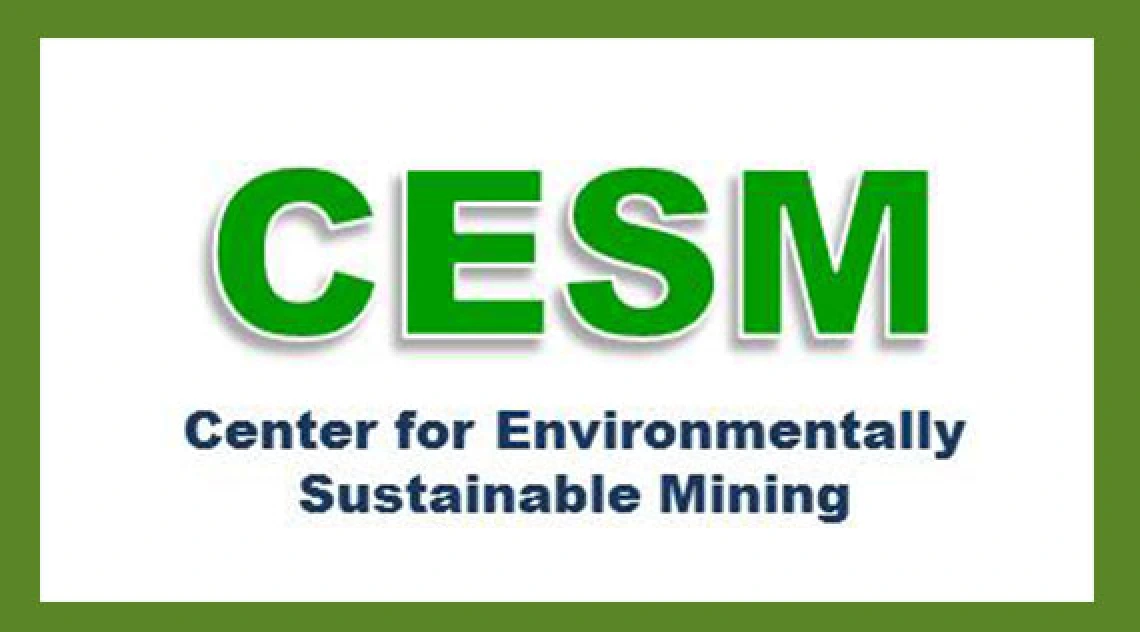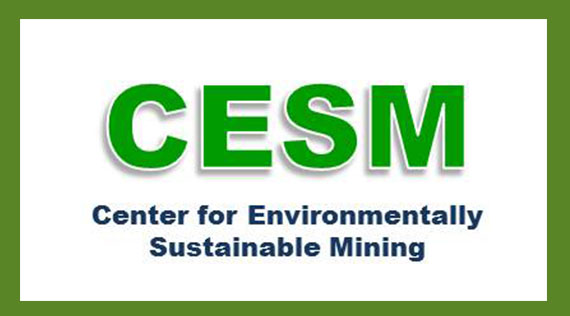Third annual CESM industry-academic research cooperative is a success

 This year’s University of Arizona – Center for Environmentally Sustainable Mining (CESM) Annual Academic-Industry Research Cooperative meeting was held May 24, 2018.
This year’s University of Arizona – Center for Environmentally Sustainable Mining (CESM) Annual Academic-Industry Research Cooperative meeting was held May 24, 2018.
The meeting was attended by Environmental and General Managers from each mining company; CESM Director and UA SRP Investigator, Dr. Julie Neilson who led the meeting; CESM Deputy Director and UA SRP Director, Dr. Raina Maier; and several graduate and undergraduate UA SRP trainees.
The CESM is part of the Lowell Institute for Mineral Resources. Its mission is to develop educational and research initiatives that address environmental issues related to mining activities in arid and semi-arid environments.
Neilson said the idea for a cooperative that combined mines and researchers to address questions related to reclamation started in 2013 and came from mines’ concerns over why their revegetation processes were not working consistently.
CESM is currently working with member companies KGHM Carlota Copper (Miami, AZ), Rio Tinto Resolution Copper (Superior, AZ) and ASARCO Mission Mine (Sahuarita, AZ). The mines pay an annual fee that then funds a year of research on their site. Research results are shared with all cooperative members.
“Once a year all the mines participating in the co-op come for a half-day or a day-long meeting,” Neilson said. “We present the research results and then they have time to give feedback and debate the significance of the results. The first one was kind of an experiment, but last year they were incredibly enthusiastic and this year they started inviting more people.”
An interesting outcome was the mines want CESM to present the work, and the cooperative, to regulators involved in overseeing the reclamation process.
“I thought that was very interesting, that they’ve gotten to the point of confidence in what they’re doing that they would like the regulators to come listen,” Neilson said.
The cooperative on revegetation will continue through at least 2020, but Neilson said the mines were interested in starting cooperatives on other issues, like dust or water contamination, because they find the reclamation collaboration with CESM so useful.
“The unique aspect of this is that there are multiple industries coming to the table with academia to address a question of concern for them,” Neilson said. “The benefit of having multiple industries is their questions are not exactly the same and so they can benefit from the results of everyone.”
Congratulations to the CESM team for a successful third annual research forum!

